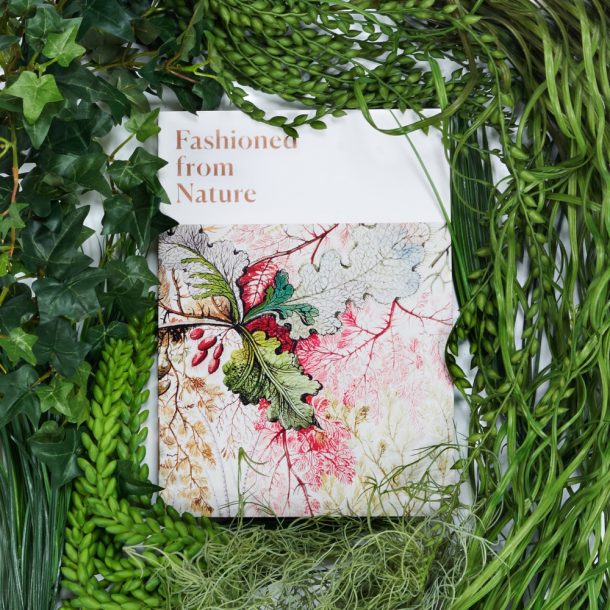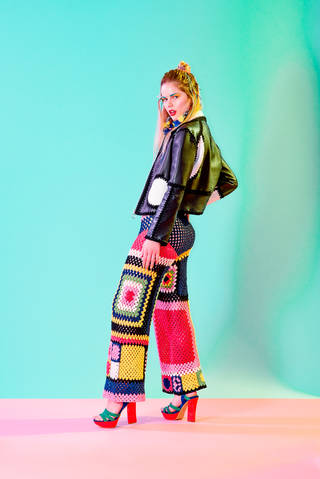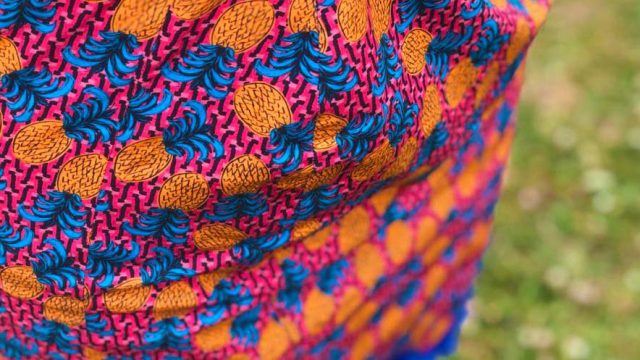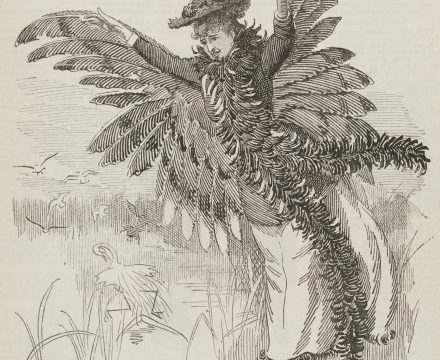Our new exhibition explores the relationship between fashion and nature since 1600, but before you visit the show, swat up on the incredulous facts that made our brows furrow.

Think about it: everything we wear, from clothes and accessories to jewellery, is ‘fashioned’ from matter found in the world around us. We express ourselves through our appearance and enjoy fashion for its novelty, variety and creativity. Yet, fashion’s demands frequently damage the environment and endanger the world’s flora, fauna and human communities.
These are the pressing topics explored in our exhibition Fashioned From Nature, which asks two key questions: can we learn anything from the past; and how we can design a vibrant and creative fashion system that respects, protects and celebrates the natural world?
And while we hope Fashioned from Nature encourages visitors to think about their relationship with nature and stimulates debate, we couldn’t help but be bowled over by some of the eye-popping facts unearthed in our brand new exhibition book. Here we go…


1) Did you know that in the 18th-century, the stretchers that hold an umbrella open were made from keratinous plates found in the upper jaw of filter-feeding whales?
2) Or that the silk thread from one cocoon measures between 700 and 1,000 metres?
3) How about, in 1859, Dr. Robert Angus Smith coined the term ‘acid rain’ after studying the chemical composition of rain in Manchester and London.
4) Or that in 1867, 25,000 beetle wing cases were imported into Britain in one consignment (the wing cases, from jewel beetles, were a popular form of decoration for dress. Case in point: the 19th-century muslin day dress above).
5) Between the 1890s and 1911, sealskin was so fashionable that the number of northern fur seals dropped from about 4.5 to 5 million to some 300,000!
6) While in 1893, the Libbey Glass Company exhibited a dress made of glass fibre at the World’s Columbian Exposition in Chicago.
7) In 1932, 2,000,000 pythons were exported from Asia, many to make fashionable accessories.
8) While in 1981, 502 million pairs of denim jeans were sold in the USA alone.
9) An average of 8,183 litres of water is required to grow enough cotton to make one pair of jeans.
10) And today in Europe, 8.4 million tonnes of textile waste is land filled or incinerated each year, equating to 18 kilograms of clothes, per person, per year.
But don’t just take our word for it. Brimming with facts and photographs, this timely book surprises and inspires in equal measures.
Shop the Collection
Read the book and discover the complete range
Shop now ▸



This timely book surprises and inspires in equal measures!
gmail sign up